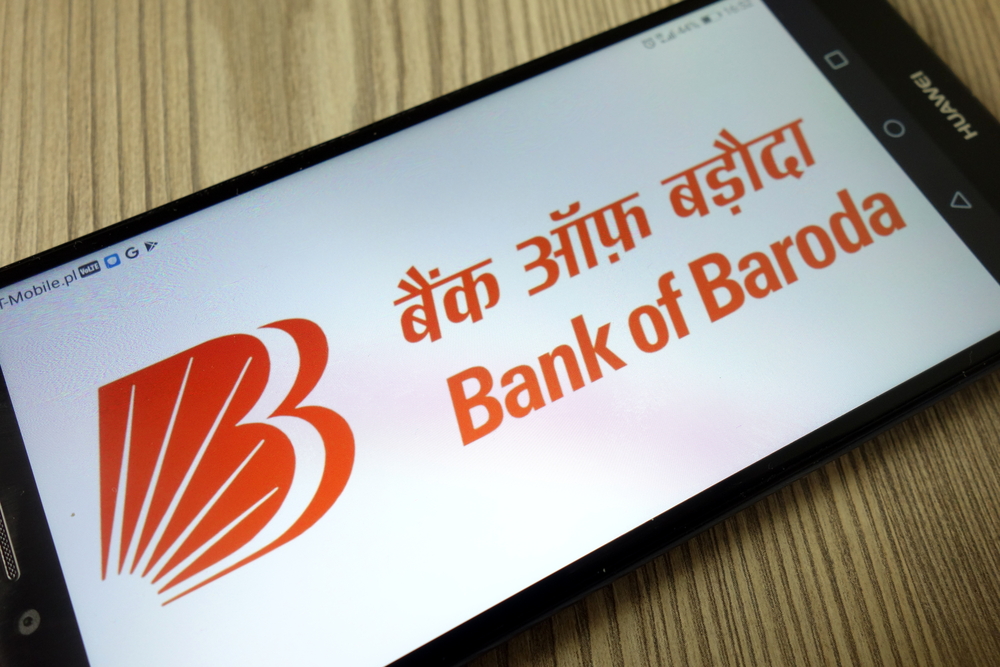2021 Will Open New Avenues For Consumer Lending To 'New-To-Credit' Borrowers
Making credit affordable and accessible for 'new-to-credit' segment is the key to economic revival of the nation

The year 2021 has been called a year of hope and opportunities for many reasons. As the country rolls out the largest vaccination program ever in the world to leave behind COVID-19, the market sentiment is upbeat about emerging from the technical recession posed by the pandemic. However, all may not be well with the banking and NBFC sector.
In its latest financial stability report, RBI has raised concerns on the capital levels of banks. The report reads- “Given the fact that impact of moratorium is still uncertain and evolving, the exact nature of how the same will play out on the quality of banking assets is difficult to ascertain accurately,". Moreover, the report pegs that even in a base case, banks will see their capital adequacy ratio drop to 13.3 per cent by March 2021, and the most pessimistic outcome would be a drop to 11.8 per cent. Three banks will see their capital levels dip below the regulatory minimum, and, in case of extreme stress, the number of banks will go up to five. Keeping the banking scenario in mind, the focus in the first half of 2021 will be on improving the quality of the loan books across the industry.
On the other hand, millions of people were pushed back into poverty due to lockdown and the subsequent job losses. A big effort is required through both public policy and private willingness to help the disadvantaged in 2021 and beyond. A lot of these people are in the ‘new-to-credit’ segment. Making credit affordable and accessible for this segment is the key to economic revival of the nation.
Given both sides of the story, i.e., banks and financial institutions and the new to credit customers, the year 2021 will open new avenues for retail lending. With the proliferation of digital technologies, consumers can discover banks and NBFC lenders with the most affordable interest rates on suitable terms. At the same time, the lenders can quickly onboard these new to credit customers, set up online EMIs, keep a tab on collection effectiveness and efficiency.
Now technology is able to improve collection efficiencies by using machine learning techniques that are constantly improving its algorithms to optimize for yields. These algorithms identify patterns of consumer behavior, i.e., EMI repayment, response to bank’s messaging, reminders and several other metrics to detect anomalies that should set off the alarm. These small behavioral changes are often missed or simply cannot physically be detected by humans, especially when the data set is very large. Earlier, financial institutions were lending to a limited customer base with proven credit history in order to limit Non-Performing Assets (NPAs). Increased investments on digital technologies is helping financial institutions reduce NPAs and de-risk their loan books, while at the same time expanding their markets to hitherto untouched ‘new to credit’.
This is a win-win situation for both sides. While lenders can broad base their loan book and quality of assets, borrowers get the desired liquidity. At the same time, borrowers develop their credit history, which helps them borrow in the future. The process will also bring millions of first-time borrowers to the financial mainstream and make them an inseparable part of India’s growth story.
The author is the CEO and Co-founder of Datacultr
DISCLAIMER: The views expressed are the author own, and Outlook Money does not necessarily subscribe to them. Outlook Money shall not be responsible for any damage caused to any person/organisation directly or indirectly.









